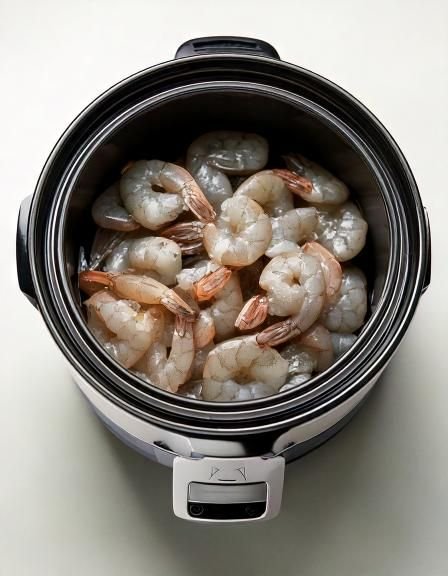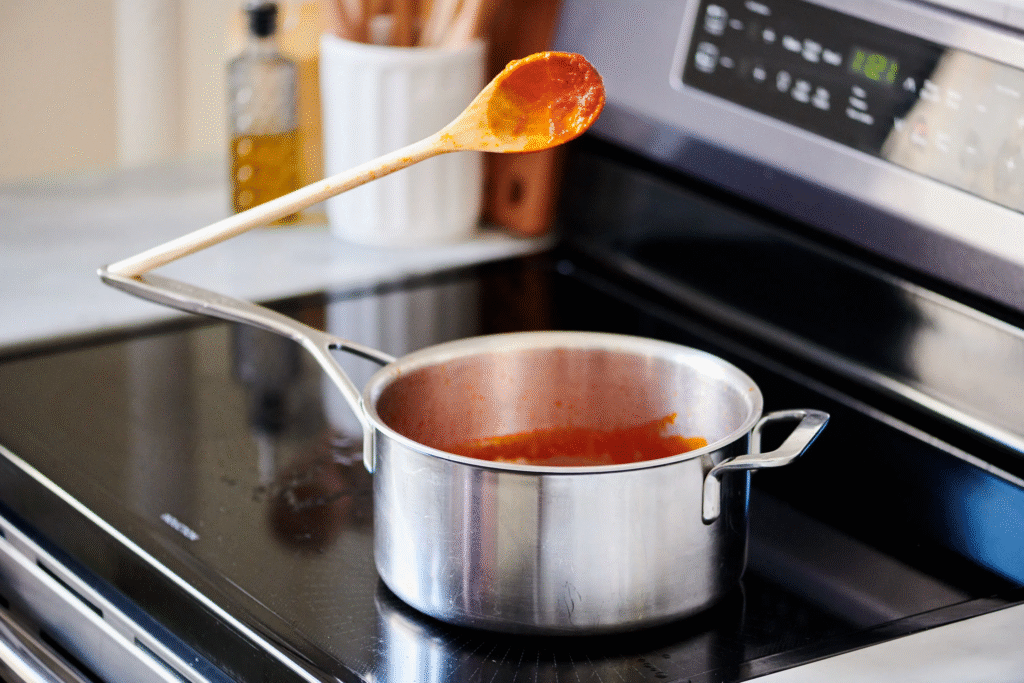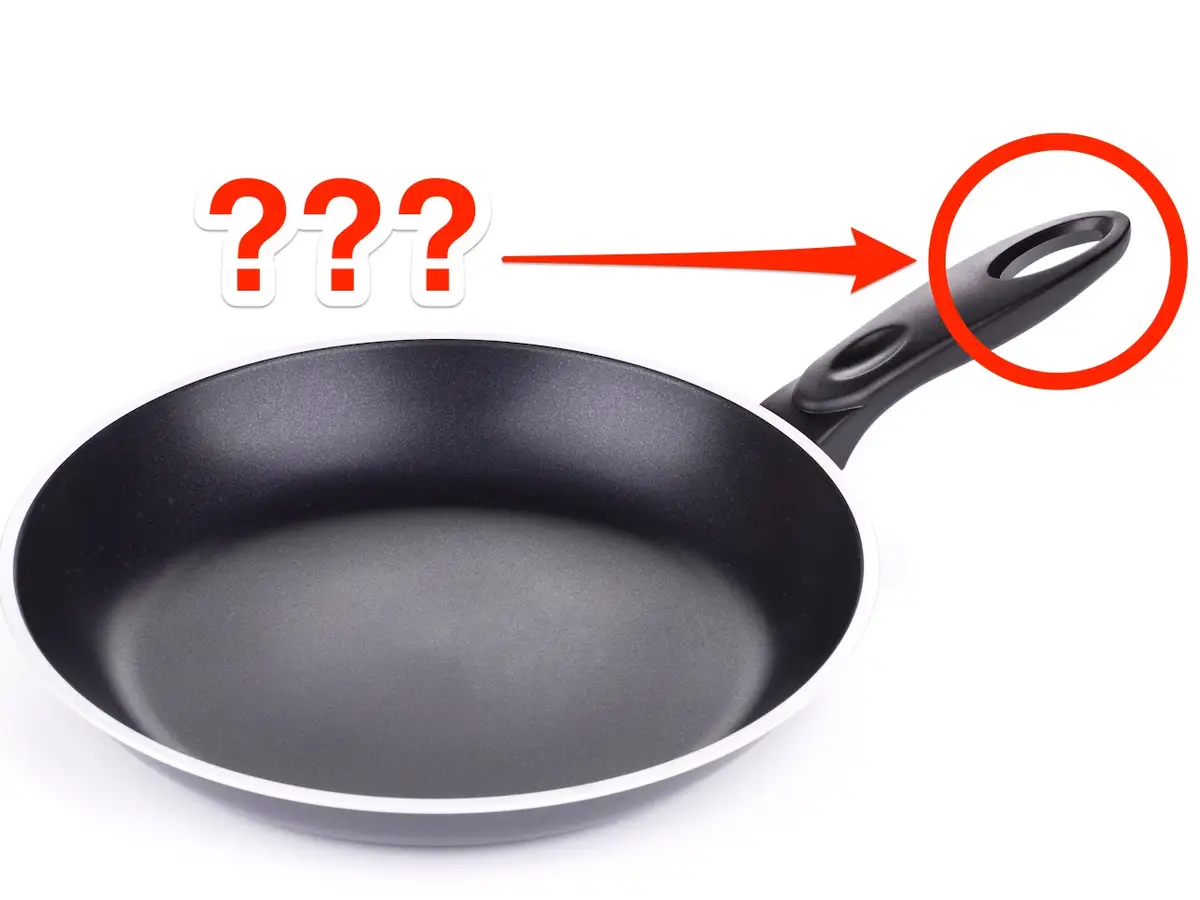The Unsung Hero of Your Kitchen: The Little Hole in Your Pot Handle
We’re surrounded by clever design in our everyday lives, often without even noticing. Take, for example, that seemingly insignificant little hole in the handle of your favorite pot or pan. Most of us have probably used it to hang our cookware, but its functionality goes far beyond simple storage. Let’s delve into the surprisingly versatile uses of this often-overlooked kitchen feature.
More Than Just a Hanging Point
The Obvious (and Brilliant) Use: Hanging Storage
The primary function of the handle hole is undeniably for hanging your cookware. This is especially beneficial in smaller kitchens where cabinet space is at a premium. Vertical storage saves space and keeps your pots and pans readily accessible.

Unlocking Hidden Potential: Beyond Simple Hanging
But this small hole is far more than just a hanging point; it’s a miniature, built-in multi-tool waiting to be discovered. Its design speaks to a thoughtful consideration of both form and function, providing practical solutions to common kitchen challenges.

Ingenious Uses You Might Not Know
1. The Unexpected Spoon Rest: A Mess-Free Marvel
Tired of spoons leaning precariously on countertops, leaving drips and creating a mess? Simply slide the spoon’s handle through the pot handle hole, allowing the spoon head to rest on the pot’s edge. This keeps your spoon conveniently at hand while preventing messy drips. This works best with slotted spoons, spatulas, or wooden utensils with flat or rounded handles. It’s a game-changer for maintaining a clean and organized cooking space.

2. Maximizing Space: A Vertical Storage Solution
The handle hole provides an efficient solution to limited kitchen storage. Hanging pots and pans, whether on a wall-mounted rack, an overhead bar, or a magnetic strip, drastically improves kitchen organization. It also allows for better air circulation, reducing the risk of moisture buildup and rust.

3. Mastering the Pour: A DIY Spout
Achieving a clean and controlled pour can be tricky. However, by inserting a wooden spoon or long utensil through the hole and holding it firmly against the pot, you create a makeshift spout. This helps direct the flow of liquids, especially thicker ones like stews or sauces, preventing spills and messy drips. It’s a simple yet effective technique for transferring liquids into containers or jars.

4. A Surprisingly Useful Measuring Guide (for Estimation)
While not a precision measuring tool, the hole can serve as a rough guide for portioning. The size varies across pots and pans, but some are surprisingly close to the size of a standard serving of spaghetti or a teaspoon/tablespoon of dry ingredients. It’s a handy visual aid for quick estimations, especially helpful when cooking intuitively.

5. Enhanced Grip and Safety: A Welcome Addition
Lifting a heavy, hot pot can be precarious. The hole offers an additional grip point for your fingers, providing improved leverage and control, especially when stirring thick sauces or draining pasta. It improves safety and handling, especially with heavy or hot cookware.

Bonus Tips & Tricks
- Keep it Clean: Regularly clean the handle hole to remove any accumulated grime or oil.
- Get Creative: Use it to hang herbs, labels, or even small kitchen tags for added organization.
- Stylish Storage: Incorporate pots and pans with these holes into your kitchen design for a touch of visual appeal and practicality.
A Testament to Smart Design
In a world of increasingly complex and high-tech kitchen gadgets, the humble hole in your pot handle stands as a testament to the power of simple, effective design. It’s a quiet, yet powerful, reminder that the most impactful innovations often lie in the details we overlook. So next time you’re cooking, remember the potential of that little hole— it’s a small detail with a big impact.




